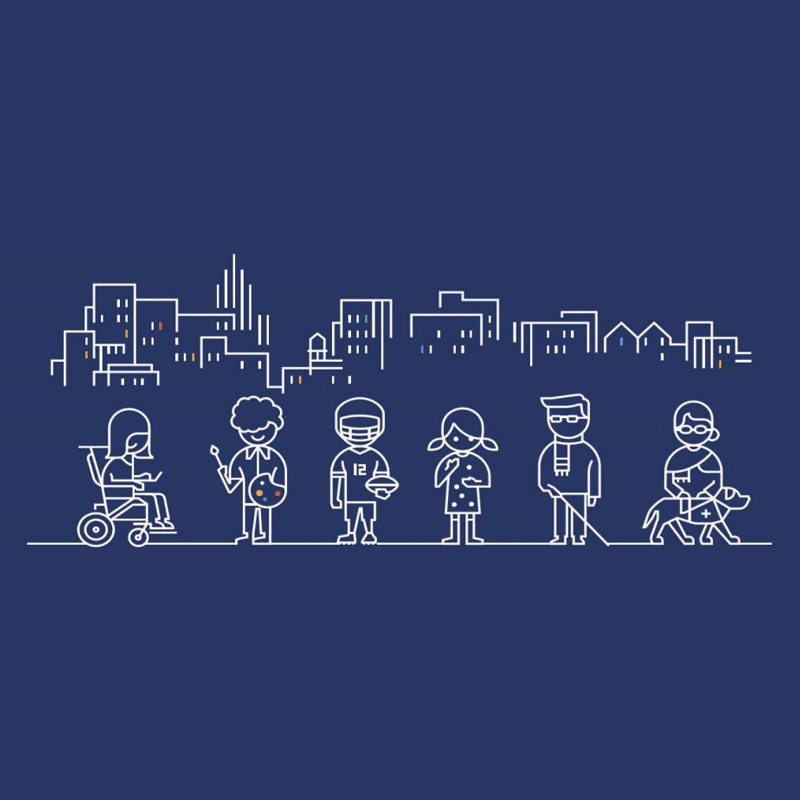
No one in this world can choose how and in what condition they want to be born with. When we were given life, we have to live through it.
During a lifetime, people can change their lives for the better. But while some people can be lucky enough to have and achieve everything they want, there are people that are less fortunate.
And these people include those with disabilities.
In this modern world of technology, these people are somehow left a bit behind, simply because most technologies aren't built specifically for them.
And this includes AI.
This is why Microsoft announced a series of efforts to make AI systems more inclusive and more usable for people with disabilities.
The initiatives aim to shrink the so-called “data desert” that left machine learning algorithms with less relevant training data set to be sufficiently effective for people with conditions.
Saqib Shaikh lost his sight at the age of seven, and fell in love with computers as a schoolboy in the UK.
As Microsoft's principal software engineering lead, he said that people who are blind, like himself, typically develop highly organized routines to keep track of things. From where to put keys, wallets, canes and other essentials, for example.
But sometimes, life can get messy.

When this time happens, even most normal people can struggle, let alone people with disabilities.
Shaikh is one of the founders of Seeing AI, an app that allows users to point their phone's camera to a scene, such as a room, and hear a description of what is inside the frame: table, chairs, laptops, and so forth.
While this kind of tool is very useful for those with disabilities, Shaikh argues that it would be even more useful if the machine learning algorithms powering the app can recognize objects that are specific to that individual person.
There weren't enough data to train AI to tackle this kind of personalized object recognition.
According to Simone Stumpf, a senior lecturer at the Centre for Human-Computer Interaction Design at City, University of London, who leads ORBIT:
"And there’s really been no dataset of a size that anyone could use to introduce a step change in this relatively new area of AI."
This is why City, University of London, a Microsoft AI for Accessibility grantee, have launched Object Recognition for Blind Image Training (ORBIT) research project to create a public dataset from scratch, using videos submitted by people who are blind or have low vision.
With the data, developers can test and train their AI algorithms to recognize and locate personal objects, that can range from smartphones to face coverings, or even kitchen tools.
Microsoft is also collaborating with Team Gleason, an organization that supports people living with Amyotrophic Lateral Sclerosis (ALS), in order to create a Project Insight, an open data set of facial imagery of people with the neurodegenerative disease.
This can be used to make computer vision and machine-learning technology better in recognizing people with ALS symptoms.
There is the project led by VizWiz, that develops a public data set to train, validate, and test image captioning algorithms.
This can be used to provide data about things that people with low vision photograph, such as how much of an over-the-counter medicine they should take.
It has been for quite some times that the lack of machine learning data sets represents the common roadblock for AI training.
With little data from people with disabilities, researchers and developers are experiencing difficulties in developing intelligent solutions to assist those with disabilities.
Microsoft researchers have been working to investigate ways to make AI systems more inclusive of people with disabilities.
And shrinking the ‘data desert’ is one of the ways to solve the problem.
Microsoft said that this is an industry-wide problem that won’t be solved by one organization alone. But with the collaborations, Microsoft hopes that together, this problem can be solved.